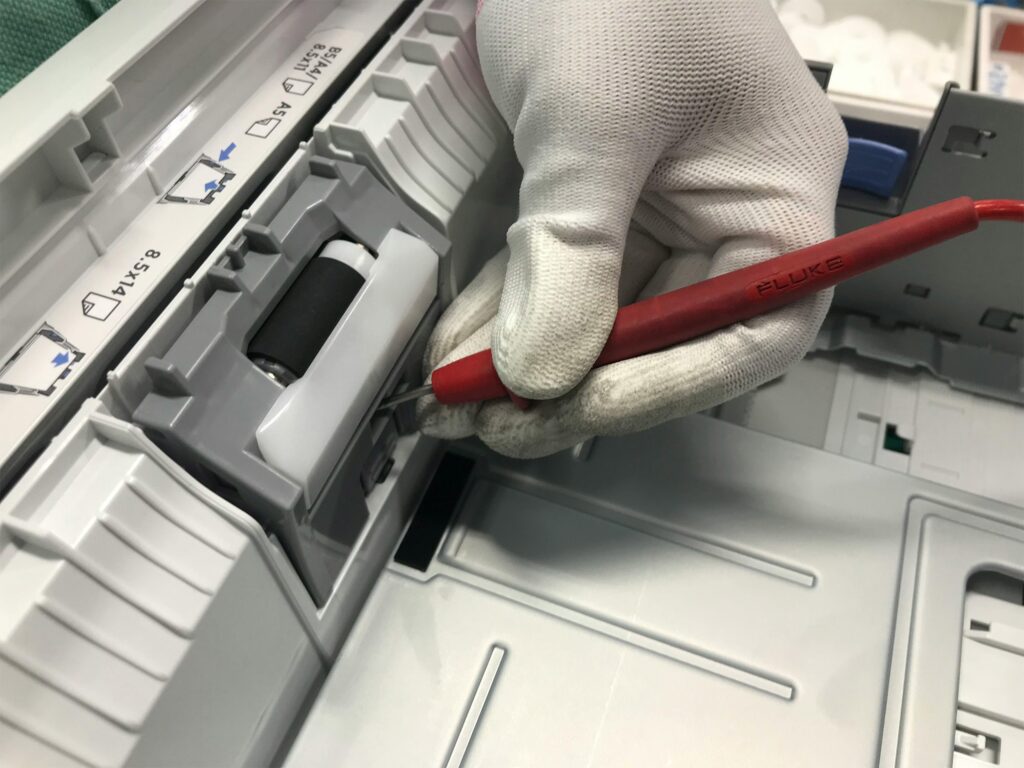
Shredding outdated business documents is more than just good housekeeping, it’s a legal requirement in many industries. Whether you’re a healthcare provider, law firm, or financial services company, improperly disposing of sensitive files can result in fines, lawsuits, and reputational damage.
But what does compliant shredding actually mean? In this guide, we’ll break down the regulatory requirements for key industries and explain how your business can meet them confidently.
Why Compliance Matters in Document Shredding
Compliance in document shredding isn’t just about protecting private information, it’s about proving that you did. Regulators across industries require organizations to follow strict data disposal procedures, and if those standards aren’t met, consequences can include:
- HIPAA or FACTA violations
- Regulatory audits or investigations
- Breach of fiduciary or client obligations
- Civil or even criminal penalties
Secure shredding isn’t optional, it’s an essential part of information governance.
Key Regulations That Impact Shredding
Healthcare: HIPAA (Health Insurance Portability and Accountability Act)
- Requires protected health information (PHI) to be destroyed in a way that is “unreadable, indecipherable, and cannot be reconstructed.”
- Shredding must be done on-site or by a certified third-party with a Business Associate Agreement (BAA) in place.
- Documentation of destruction is mandatory, including date, method, and responsible party.
Financial Services: FACTA (Fair and Accurate Credit Transactions Act)
- Applies to all businesses that handle consumer credit reports or financial data.
- Requires disposal of consumer data to prevent unauthorized access or use.
- Physical records must be burned, pulverized, or shredded.
Legal: ABA and State Bar Guidelines
- Attorneys are responsible for safeguarding client confidentiality, even during destruction.
- Must comply with state bar rules on retention and secure disposal.
- Recommended: Work with a shredding provider that signs a confidentiality agreement and offers certificate of destruction.
Corporate: SOX (Sarbanes-Oxley Act)
- Public companies must retain records for specific periods and ensure destruction doesn’t violate preservation orders.
- Shredding must be policy-driven and documented.
Elements of a Compliant Shredding Program
To ensure your business meets industry standards, build your shredding practices around these five pillars:
1. Documented Retention Policy
Know how long to keep documents before shredding them. Tailor your policy by document type and regulatory requirements.
2. Chain of Custody Procedures
Keep a clear record of who handled the documents and when. Use locked collection bins, employee access logs, and shredding schedules.
3. Certified Shredding Provider
Partner with a vendor that is:
- NAID AAA Certified
- Provides Certificates of Destruction
- Complies with HIPAA, FACTA, and other applicable standards
4. Employee Training
Make sure staff know:
- What documents must be shredded
- Where to dispose of them
- Who to contact with questions about retention
5. Audit Trail & Documentation
Maintain a shredding log that includes:
- Date and time of destruction
- Type of documents
- Method (on-site/offsite, cross-cut, etc.)
- Vendor information
- Certificate of Destruction
Onsite vs. Offsite Shredding: Which Is More Compliant?
Both can be compliant—if done correctly.
| Method | Pros | Compliance Notes |
| Onsite | Immediate shredding; visibility; no transport risk | Ideal for HIPAA or law firms handling PHI |
| Offsite | More cost-effective for bulk jobs; NAID-certified vendors | Must ensure secure transport and detailed documentation |
Important: Always verify that your shredding vendor carries proper liability insurance and is trained in relevant compliance laws.
Red Flags That May Put You at Risk
- No written shredding policy
- Shredding done by untrained internal staff
- Documents left unattended in open bins
- No Certificate of Destruction provided
- No formal agreement with your shredding vendor
- Outdated retention schedules
Even if you’re shredding regularly, these oversights can put your company at serious risk.
Compliance Beyond Paper: What About Digital Records?
Don’t forget that compliance also applies to digital data. If you’re transitioning to electronic records:
- Use data wiping software for hard drives and USBs
- Partner with e-waste disposal providers for old computers and scanners
- Follow NIST 800-88 guidelines for media sanitization
Physical shredding is only half the battle. Secure digital disposal is just as critical.
Shredding business documents isn’t just about staying tidy, it’s a legal requirement in industries where privacy, confidentiality, and client trust are non-negotiable. Whether you’re in healthcare, finance, law, or any industry that handles sensitive information, a compliant shredding process protects your organization from legal exposure and helps you stay audit-ready.
Ready to implement a secure and compliant shredding strategy? Contact us today and we’ll guide you through the process. →



